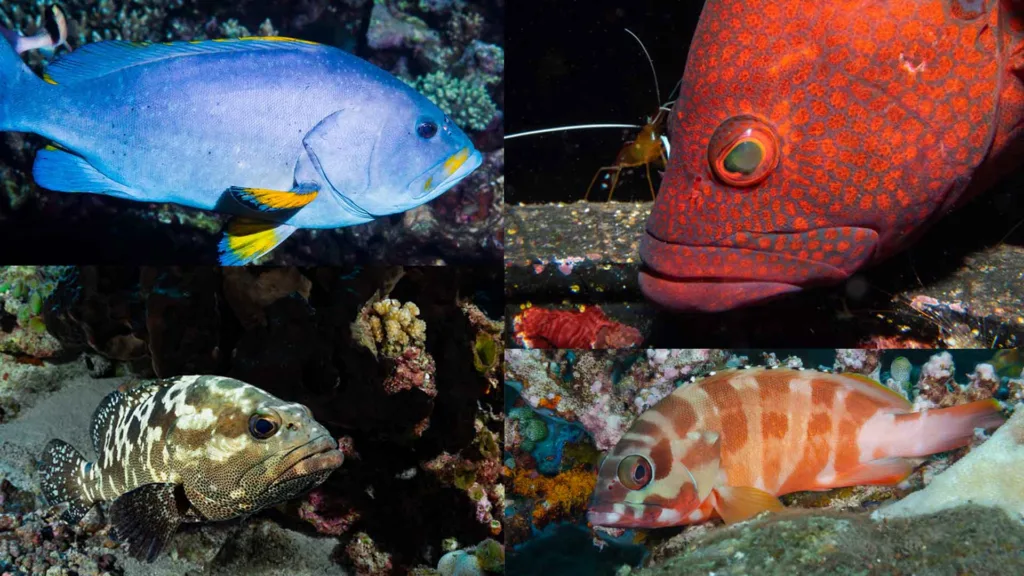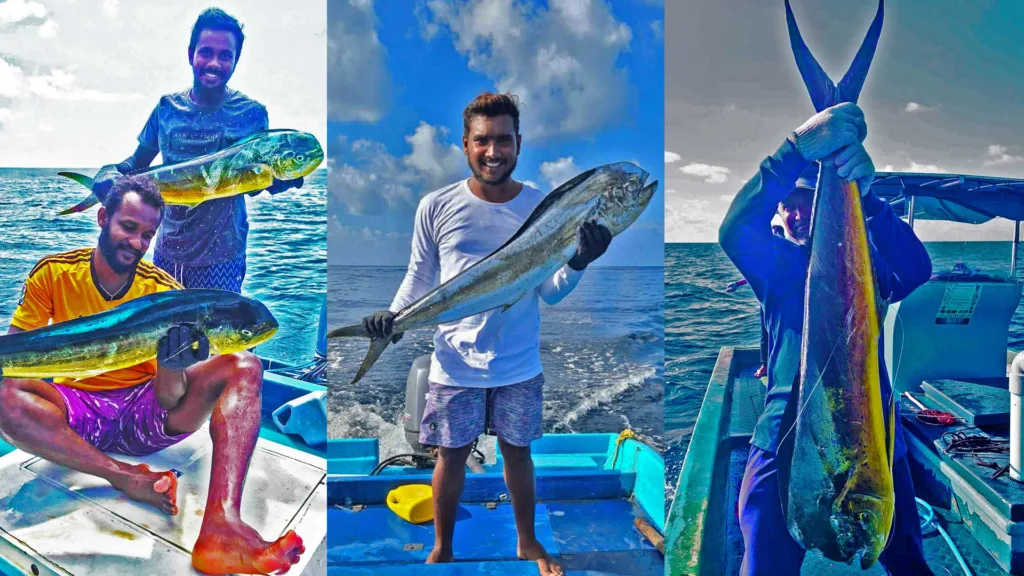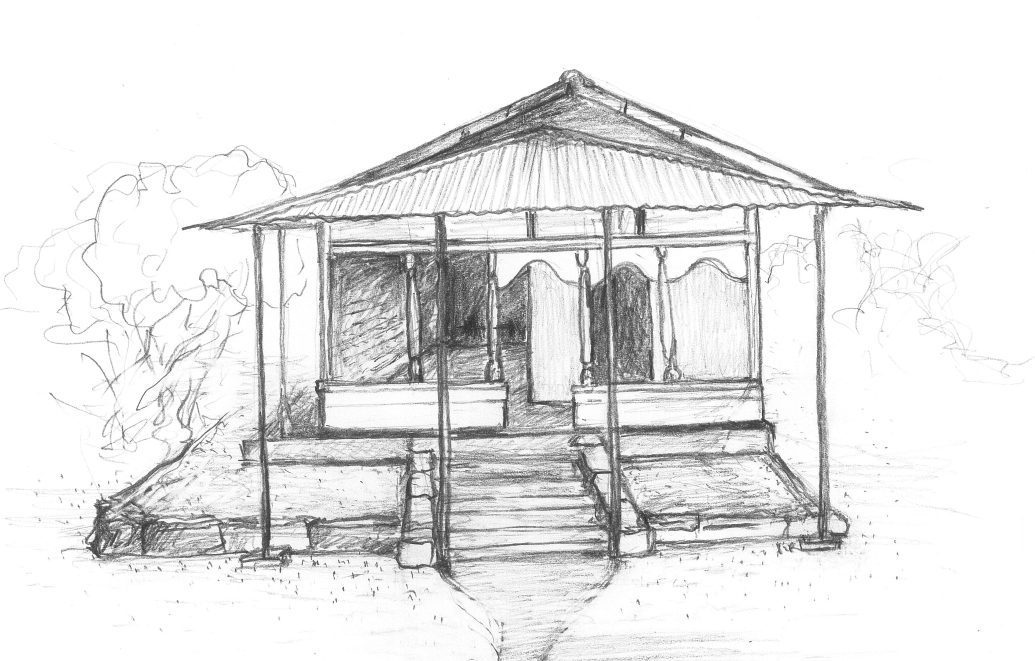
For over a thousand years, Buddhism was the main religion in the Maldives. Archaeological research indicates that people lived in the Maldives as early as 500 B.C.
By the 12th century, Islam had spread to the Maldives. After becoming a Muslim, the king at the time sent people to the Maldivian islands to spread Islam. There were new rules and laws that went into effect.
Numerous shrines underwent complete destruction. Some Buddhist shrines underwent modifications for Islamic use. They also built mosques on the islands.
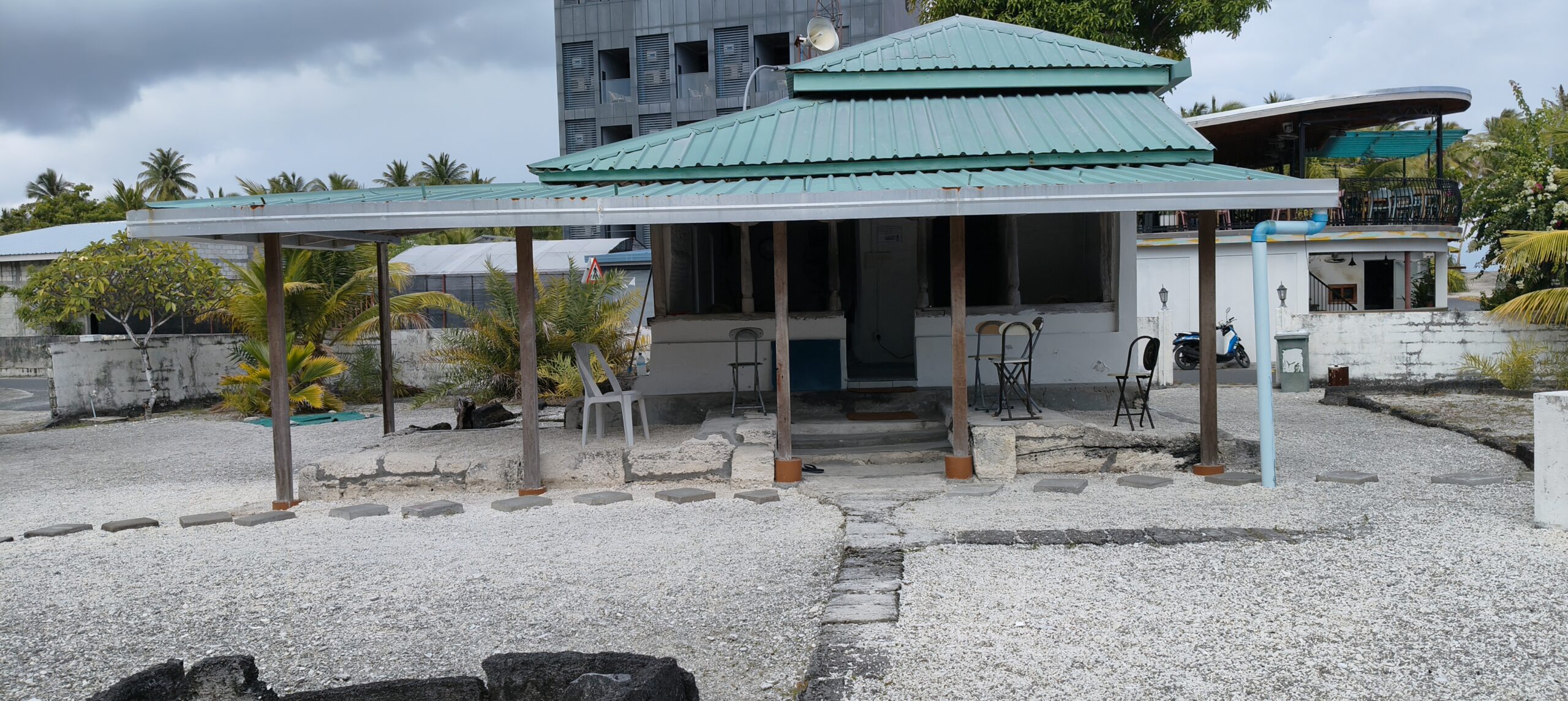
It was believed that a man from Hoadhadi ward taught Islam there. He spearheaded the initiative to convert the island’s populace to an Islamic faith. He was thought to have built Geimiski, which is the first mosque in Fuvahmulah.
Geimiski is Fuvahmulah’s oldest mosque and most important cultural heritage place. The exact date of the mosque’s construction remains unknown. People believe that the island’s first residents built a Buddhist temple in the same spot where this mosque now stands.
The founding of this mosque occurred when Islam spread to the island and people realised they needed a place to pray. It’s about 500 feet away from Havitha, which is the site of the remains of an old Buddhist monastery in the northeast portion of the island.
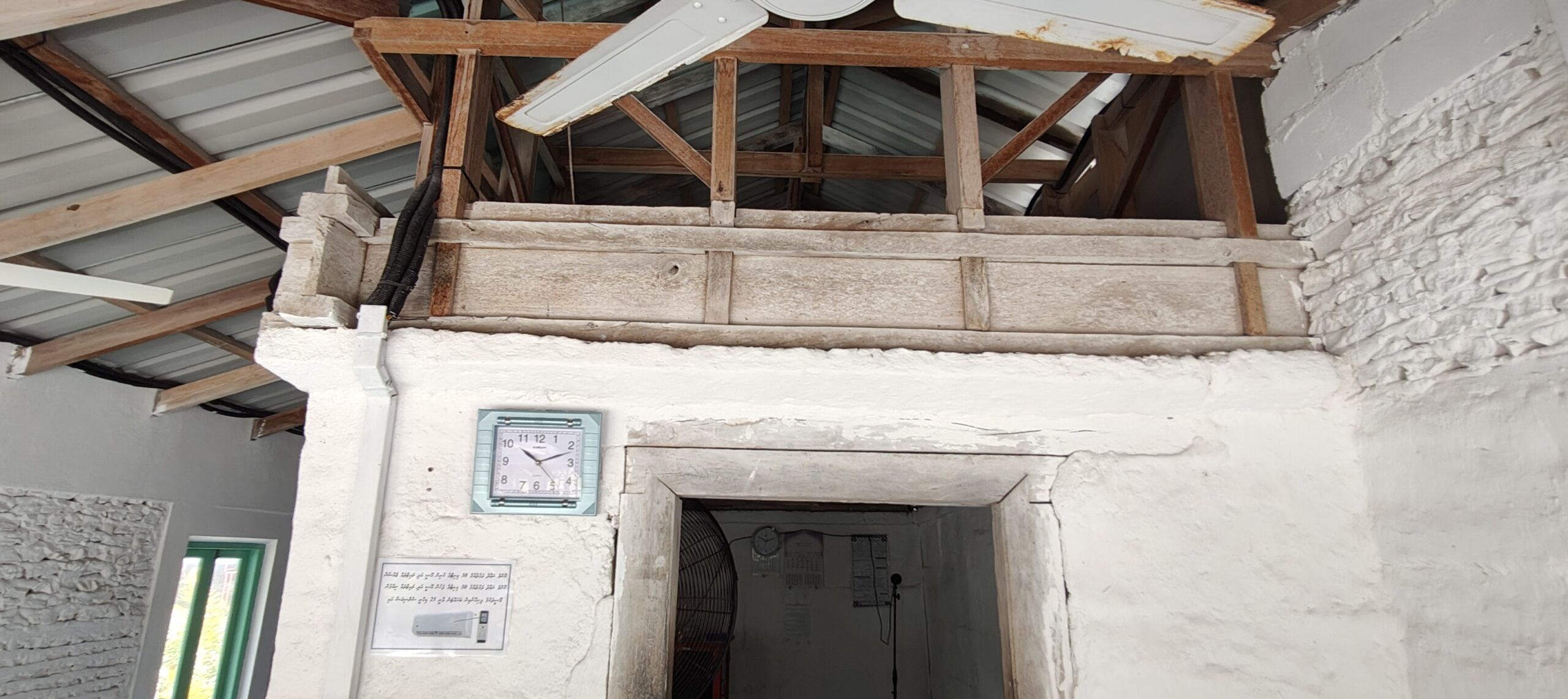
Sandstones formed the foundation of Geimiski. The builders chopped down large, thick sandstone stones and stacked them on top of each other. This mosque has a rectangular shape. The ceilings featured thin wooden sheets known as malho, which were used as wooden sheets on beds.
The building didn’t align perfectly with the qibla; instead, it faced northeast. The prayer hall takes up a single space, and there is a small area available for prayer on the left side of it. At the entry, there is an open fenda that leads to a water well. The well is accessible through stone steps. This mosque shows off the craftsmanship of the people who live in Fuvahmulah and the Maldives.
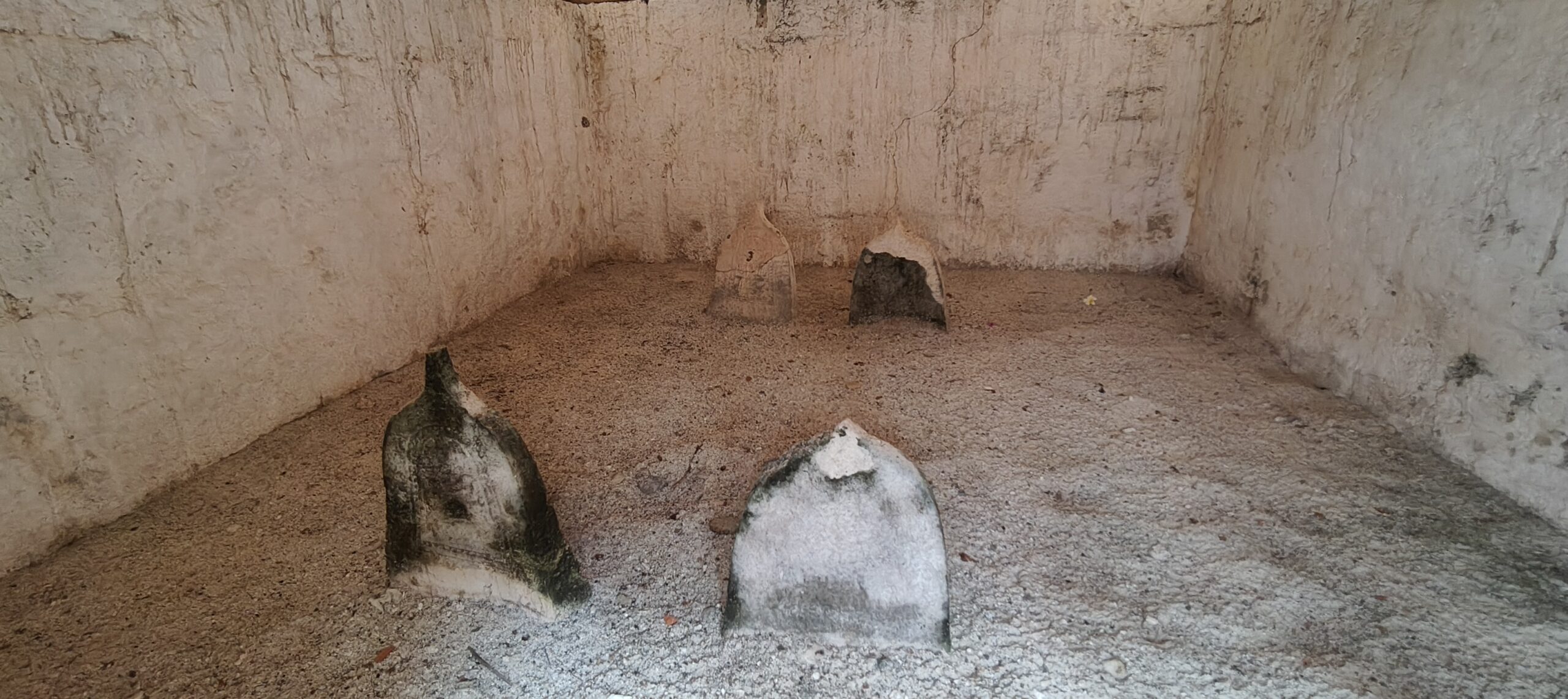
The mosque complex has a cemetery with coral stone grave markers. The mosque complex houses a sandstone mausoleum with a roof. There is a belief that Abu Bakr Naaib, an Islamic preacher from Addu Atoll, rests here. A huge water bath is near the mosque. In the past, people used this water bath for bathing. The mosque has undergone extensive maintenance and repair work, leading to the loss of the original mosque’s main structure.

The first Archaeological Commissioner for Sri Lanka, H.C.P. Bell, went to the Maldives three times: in 1879, 1920, and 1922. He visited Addu Atoll in February 1922. He also visited Fuvahmulah, where he saw the remains of a destroyed stupa (Havitta). History books say that the mosques of Fuvahmulah were the first ones to be written about in the Maldives.
Two Frenchmen, Jean and Raoul Parmentier, went to Fuvahmulah in September 1529 on the Pensee and the Sacre. They talked about the mosques’ large stones, woodwork screens, and historic mouldings, as well as their overall aspect and architecture. The ship’s carpenter was equally astounded by the flawless construction of these buildings (Forbes, 1979).
Their account states:
“A lamp was made of coconut; the roof was round; the wainscoted ceiling was covered with painting. An ablution tank, also known as a veyo, was present; it had a flat bottom and was paved with black stone resembling marble, finely cut with ancient mouldings, and appeared to be of massive workmanship (Forbes, 1979).
They talked about another square well that was “six or eight feet deep and had several poles inside, each with a gourd on the end of it.” They found another well with a flat bottom that was lined with the same stone that was used for the toilet.
They described Islamic-purpose compounds. The story of Frederrick de Houtman, a Dutch captain who went to the Maldives, made this fact even stronger. The places he talked about were:
“We fell among the Maldives on June 1…” We were on a small island nearby that had many beautiful buildings, most of which were in ruins but were still very well made. There were ten to twelve temples and altars in that small area, including one that looked like it was built a long time ago and was made of blue stone (lazulite). It had mouldings, basements, capitals (pillars), friezes, and grooves on the steps of the entrance breastways. The most surprising aspect for everyone was the absence of lime or other building materials. Everything was held together by hewn grooves that were so close together that a knife blade could not go through them, and a keystone at each corner held the whole thing together (Forbes, 1979).
The book of Geographie d’Edris has the first written account of the architecture of the Maldives. In this book, Edris (1099–1186) wrote about these historical sites: “…the inhabitants are industrious, adroit and intelligent. They manufacture wide tunics, open at the neck and supplied with pockets. They build ships with very slender timber. Their houses and other important buildings are of very durable stone, but they also employ in the construction of their dwellings timber which comes over sea and also scented woods…”
People from neighbouring atolls used to travel to Fuvahmulah and visit the mausoleum at the Geimiski mosque, where they made a vow (nadhuru benun). People brought children, porridge, bananas, and other fruits. In front of the mausoleum, there was a big coral stone with a wooden board that could swing. The hanging board had a child on one end and bananas or other fruits on the other. They performed this action because they believed it would bring them luck.
In addition to the ceremonies that took place at the tomb, small flags were flown over it every Friday and Monday, and thin coral stones were placed on top of its roof. Murdhim planned and participated in these events. Mudhim is the person who calls the azan and leads prayer in mosques. Visitors to the tomb brought him food and other things with them (Forbes, 1979).
